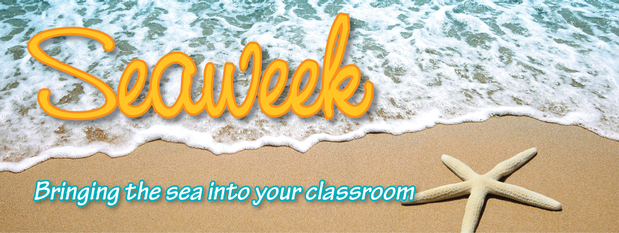- Tuesday 06 September 2016
- 0 Comments
This year’s Seaweek theme is taken from The Ocean Literacy Framework, principle #1: ‘The Earth has one big ocean with many features'.
Seaweek is a great time to teach students about our amazing sea life, and the importance of conserving it, especially given this year Seaweek coincides with Threatened Species Day.
Seaweek provides an excellent theme for lessons that cover many areas of the Australian Curriculum, while learning about the planet’s oceanic ecosystems and instilling in students a sense of the importance of protecting and conserving the environment. Of particular importance at the moment is the Great Barrier Reef, one of the seven wonders of the natural world, which is experiencing a catastrophic ecosystem collapse with species numbers rapidly decreasing.
Here are some ideas that cover selected curriculum areas.
|
Humanities and Social Sciences:
|
Mathematics:
|
|
Science:
|
English:
|
|
The Arts:
|
Health and Physical Education:
|
To finish, why not share some interesting facts to get your students enthusiastic about being protectors of the future!
- Clownfish (like our favourite fishy father, Marlin, from Pixar's Finding Nemo) live in a symbiotic relationship with sea anemones. Clownfish have a protective mucous covering which allows them to swim alongst the anemones' stinging tentacles. This provides protection for the clownfish from predators and the clownfish assists the anemone by providing it with food.
- Antarctic fish have anti-freeze in their blood to prevent their blood from feezing.
- Corals are animals and not plants. Each polyp of a colony is joined to its neighbour via connective tissue. Corals have algae that lives within their tissues known as zooxanthellae and these assist the corals by providing nutrients to them via photosynthesis.
